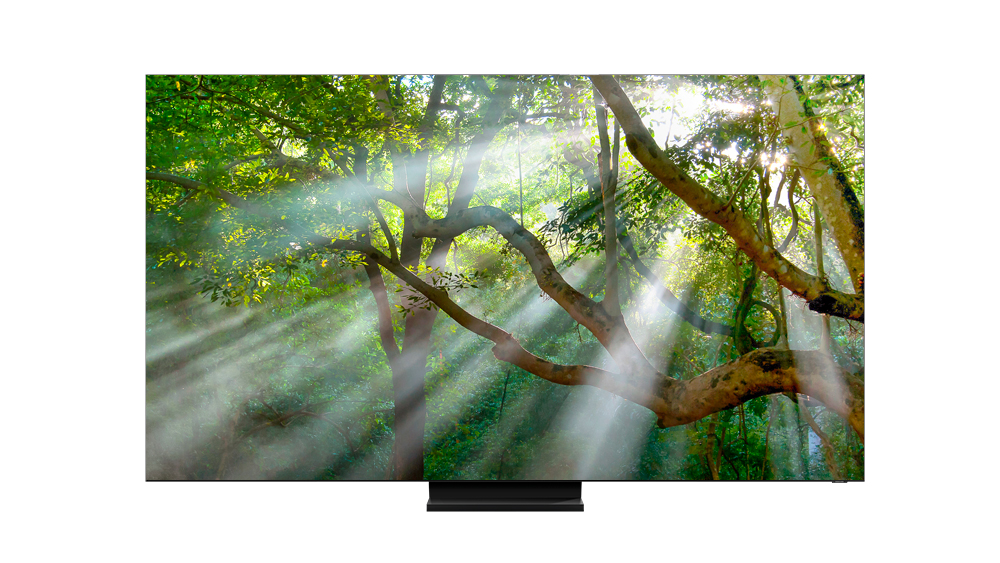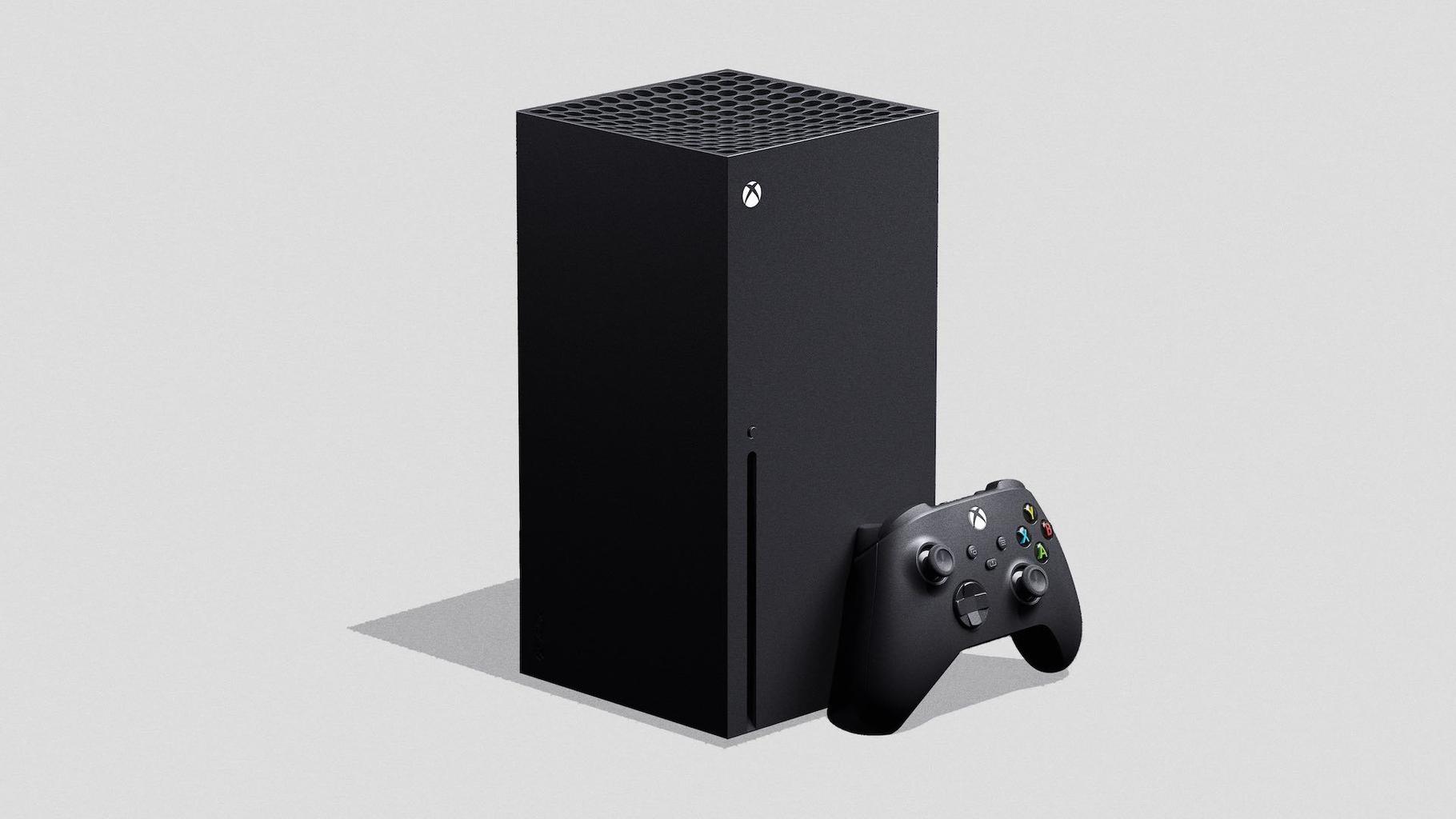If price points are anything to go by, 2020 may be the year 8K finally happens. Right now, Amazon.com will sell you a 55-inch 8K Samsung QLED TV for $2,197. That’s still a lot of money, yes, but only because prices have crashed quickly on 4K screens. It seems that 8K TVs could soon face the same kind of competition that forced down 4K prices, potentially creating a tipping point for consumers that could arrive by the next holiday season.

Samsung 8K QLED Q950
Samsung
And so CES 2020 was stuffed full of 8K TV sets. LG announced eight new 8K TV models with support for streaming 8K video at up to 60fps. Samsung debuted a new bezel-less, 15mm-thick QLED TV, the 85-inch Q950TS, with an AI-based 8K upscaler. Samsung showed new 8K sets ranging in size from 75 to 98 inches, and said those larger TVs are the fastest-growing segment of the market — and that alone might be enough to keep 8K prices high, since the larger, more expensive screens will benefit the most from the additional pixels of 8K displays.
For its part, Sony announced the Z8H, a new 8K LED screen that comes in 75-inch and 85-inch sizes. Apparently worrying that 8K isn’t enough of a selling point by itself, Sony has augmented the Z8H with a Frame Tweeter, which the company says “vibrates the frame of the TV to emit sound, giving customers the feeling that sound is coming directly from the screen.” Pricing and availability won’t be announced until this spring.
What are you going to watch in 8K? Well, don’t expect Hollywood to rush to deliver movies on 8K Blu-ray Discs. Movies on 4K UHD BD today account for only about 6-7% of the physical-media market for video. (Even hot, videophile titles like John Wick: Chapter 3 seller fewer than one in five discs in the UHD BD format, according to data published by MediaPlay News.) With many titles still mastered at 2K for cinema release, there’s little indication consumers are champing at the bit for yet another upgrade in picture quality. But Samsung said it’s working with Amazon on something called AI ScaleNet, which “optimizes available network bandwidth” for streaming content — indicating that a lot of thought is already being put into optimizing delivery for ever-higher-resolution programming. Can Mrs. Maisel get even more marvelous?

Xbox Series X
If 8K TVs seem likely to be starved for native 8K content, there is at least one demographic of TV viewer who may covet the extra pixels: videogamers, who expect both the upcoming Xbox Series X and PlayStation 5 to support some form of 8K gaming. And Sony stressed that its Z8H, along with several new 4K sets, will support 4K video at up to 120fps, suggesting higher frame rates for 4K gaming are on the way. A different kind of games — the 2020 Summer Olympics in Tokyo — will be broadcast in 8K by Japan’s NHK, but it seems unlikely to be available to home viewers in North America at more than 4K, if that.
Meanwhile, a cross-vendor initiative called Filmmaker Mode generated a lot of headlines when it was put in the spotlight at CES. Essentially, Filmmaker Mode, spearheaded by the UHD Alliance consortium of manufacturers, is the culmination of long-simmering hostilities between image-minded film directors, who hope for their films to be presented in the best possible light across all viewing devices, and TV manufacturers, who delight in adding various image-processing modes to their hardware, saturating colors, reducing noise, and using frame-interpolation techniques to smooth out judder in images filmed at 24fps. Directors James Gunn, Rian Johnson, Edgar Wright and Matt Reeves launched an anti-motion-smoothing campaign on Twitter in 2017; late in 2018, Tom Cruise and Mission: Impossible – Fallout director Christopher McQuarrie took time out to record a PSA urging viewers to turn off “motion smoothing” on their TVs.

Filmmaker Mode logo
UHD Alliance
Those efforts came to a head in August, when an array of directors including James Cameron, Ava DuVernay, Ang Lee, Christopher Nolan, Martin Scorsese, M. Night Shyamalan, came out in support of Filmmaker Mode, which disables all post-processing and preserves original aspect ratios, colors and frame rates during movie viewing. LG, Panasonic and Vizio pledged to support Filmmaker Mode at launch, and Samsung, Philips (TP Vision) and Kaleidescape joined the party at CES, when the effort got endorsements from the DGA, the ASC, the ICG and Scorsese’s Film Foundation. LG said Filmmaker Mode will be available in all of its new 4K and 8K TVs this year.
It seems like a lot of rigmarole just to turn off a range of imaging-degrading “features” that probably should never have been turned on in the first place, but that’s just how the TV business works. Any effort that makes it easier for consumers to see a cleaner, clearer picture — and discover what kind of high-quality picture their set is capable of producing — is probably worth making.